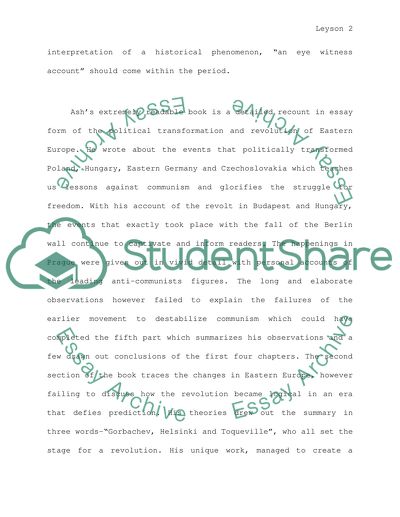Historical Writing Essay Example | Topics and Well Written Essays - 1000 words. Retrieved from https://studentshare.org/miscellaneous/1504123-historical-writing
Historical Writing Essay Example | Topics and Well Written Essays - 1000 Words. https://studentshare.org/miscellaneous/1504123-historical-writing.


